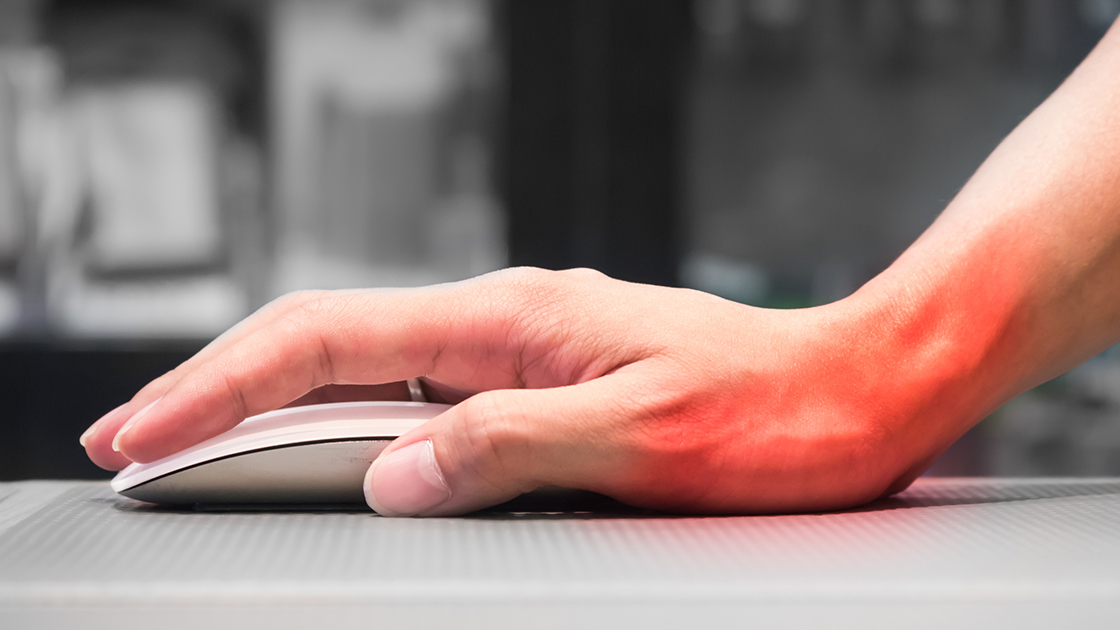Page Contents
Tenosynovitis is a painful and often debilitating condition that affects the tendons and their protective sheaths, causing discomfort, swelling, and restricted movement. Traditional treatments, including rest, ice, anti-inflammatory medications, and physical therapy, have been the standard approach for managing tenosynovitis. However, in recent years, a revolutionary alternative has gained attention: laser therapy.
The Agony of Tenosynovitis
Tenosynovitis occurs when the synovium, the protective sheath surrounding a tendon, becomes inflamed or irritated. This condition can result from overuse, repetitive motion, or injury, and it typically affects the hands, wrists, ankles, and feet. The pain and discomfort associated with tenosynovitis can disrupt daily activities and hinder one’s quality of life, making effective treatment a top priority for those affected.
The Evolution of Laser Therapy
Laser therapy, also known as Low-Level Laser Therapy (LLLT) or cold laser therapy, is a non-invasive medical treatment. It uses specific wavelengths of light to stimulate the body’s natural healing processes. In the context of tenosynovitis, laser therapy has been reimagined as a groundbreaking solution due to its remarkable ability to address the underlying causes of the condition.
- Reducing Inflammation
Inflammation is a hallmark feature of tenosynovitis, leading to swelling, pain, and discomfort. Laser therapy works its magic by reducing inflammation in the affected area. It accomplishes this by increasing blood flow, which, in turn, helps the lymphatic system clear away inflammatory substances. This often results in a decrease in swelling and a significant reduction in pain.
- Enhanced Tendon Healing
The tendons affected by tenosynovitis can sustain microscopic damage, and the healing process can be slow. Laser therapy stimulates cellular activity and the production of adenosine triphosphate (ATP), which is crucial for tissue repair. This helps to regenerate healthy tendon tissue and accelerate the healing process.
- Pain Management
In addition to its anti-inflammatory and healing effects, laser therapy has a magic touch when it comes to pain management. It interacts with nerve cells, modulating pain signals and encouraging the release of endorphins, the body’s natural pain relievers. This drug-free, non-addictive method provides much-needed relief for individuals dealing with the discomfort of tenosynovitis.
The Power of Laser Therapy in Tenosynovitis
The effectiveness of laser therapy in addressing tenosynovitis varies from person to person, depending on the severity of the condition, overall health, and adherence to the treatment plan. While it may not be a one-size-fits-all solution, numerous patients have reported significant pain relief, reduced swelling, and an improvement in their overall condition after undergoing laser therapy.
Laser therapy is often used in combination with other conservative treatments, such as rest and physical therapy, to maximize its benefits. This multi-faceted approach ensures a more comprehensive and effective method of managing tenosynovitis.
A Promising Future for Tenosynovitis Management
As the field of laser therapy continues to advance, its role in reimagining tenosynovitis treatment is becoming increasingly promising. The non-invasive nature of this treatment, minimal side effects, and its potential to promote the body’s natural healing processes make it an attractive and innovative option for those seeking relief from this painful condition.
In conclusion, laser therapy is redefining the way we approach tenosynovitis. By reducing inflammation, enhancing tendon healing, and providing effective pain management, it offers a holistic and non-invasive approach to managing this challenging condition. While it may not be suitable for every individual or type of tenosynovitis, its potential to minimize discomfort, reduce disability, and improve overall quality of life makes it a powerful tool in the realm of tenosynovitis management. The future of tenosynovitis treatment is indeed looking brighter with the inclusion of laser therapy in the toolbox of options available to those who suffer from this condition.
